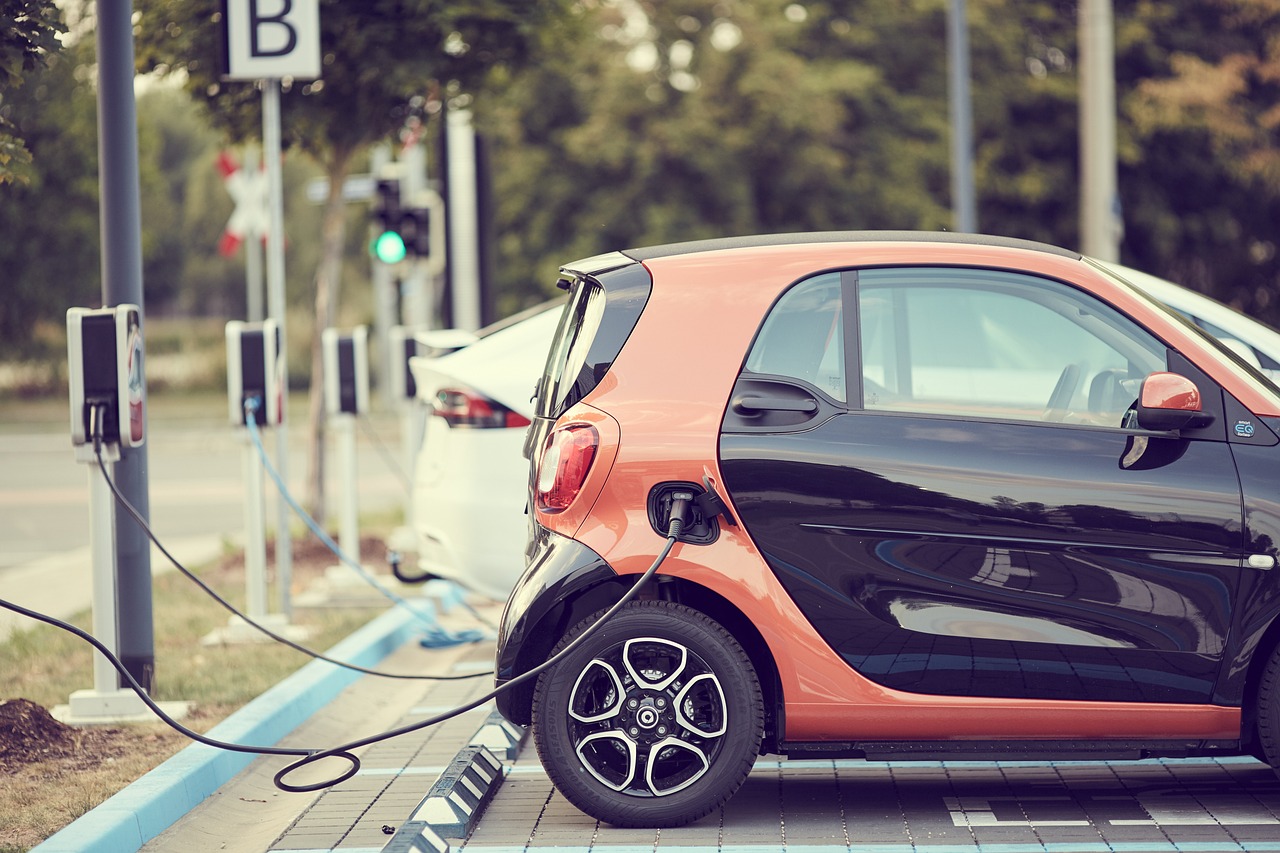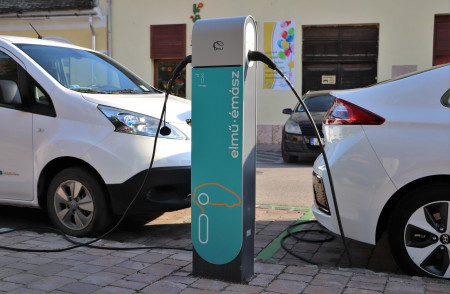The share of electric cars in the new car market in Hungary has increased from 4.4 percent to almost 6 percent.Continue reading

Although most people use their electric cars for local, home-school-work transport on weekdays, covering an average of 70-100 kilometers a day, according to the Future Mobility Association, more and more Hungarians are taking them on longer trips abroad.
Domestic travel is made easier by the steady increase in the number of charging stations: most are located along motorways, main roads, and in the area of Lake Balaton: at the end of 2022, there were 2,147 charging stations in the country, 14 percent more than a year earlier. According to the association, the expansion of the infrastructure is also justified by the 47.4 percent increase in the number of electric cars in a year.
In 2022, the number of cars with green license plates in Hungary broke all records, including the biggest increase in the sale of pure electric cars, with 34,754 units on the roads at the end of the year.
Based on the latest figures, 41,386 pure electric cars were on the roads in Hungary at the end of June this year, while the number of cars with green license plates exceeded 74,000.
The Future Mobility Association offers a number of tips for those embarking on longer journeys, such as the high speed at which an electric car can travel up to 30% less than a standard city electric car, regardless of make or model. The number of bags and the use of air conditioning can affect the range as well: cooling, for example, can reduce it by up to 20%.
The statement quotes András Kárpáti, President of the Future Mobility Association, who recommends plugshare.com as a good starting point for finding a charger.
He noted that the electric car information community site is a very useful tool for people on the road: it provides up-to-date information on the site, so that motorists can check whether the charger is ready for use and whether it has been used in the previous few days.

Photo via arhiv.tata.hu
They said that when traveling, it is worth keeping a constant check on the variation in range and distance to be covered: as a general rule, they recommend that the charge should not fall below 20 percent and that cars should not be charged more than 80 percent.
According to the Future Mobility Association, the further north you travel with an electric vehicle, the denser the network of charging stations: Norway and the Netherlands are leading the way, with a target of no more than 120 kilometers between charging stations. The situation is not so good in the southern countries, where it is always worth keeping an eye on the range and the next charging opportunity, according to their statement.
Via MTI, Featured photo via Pixabay